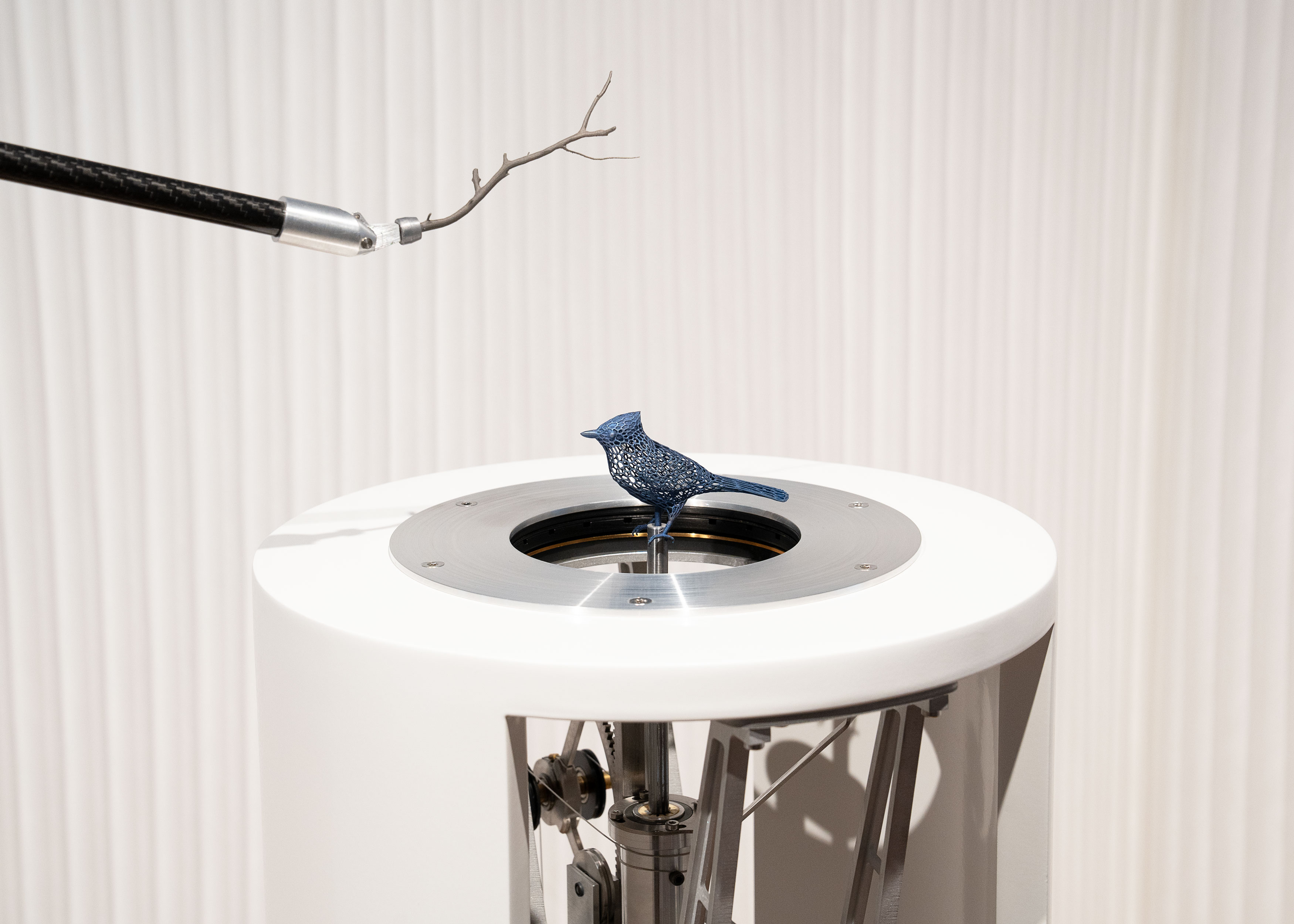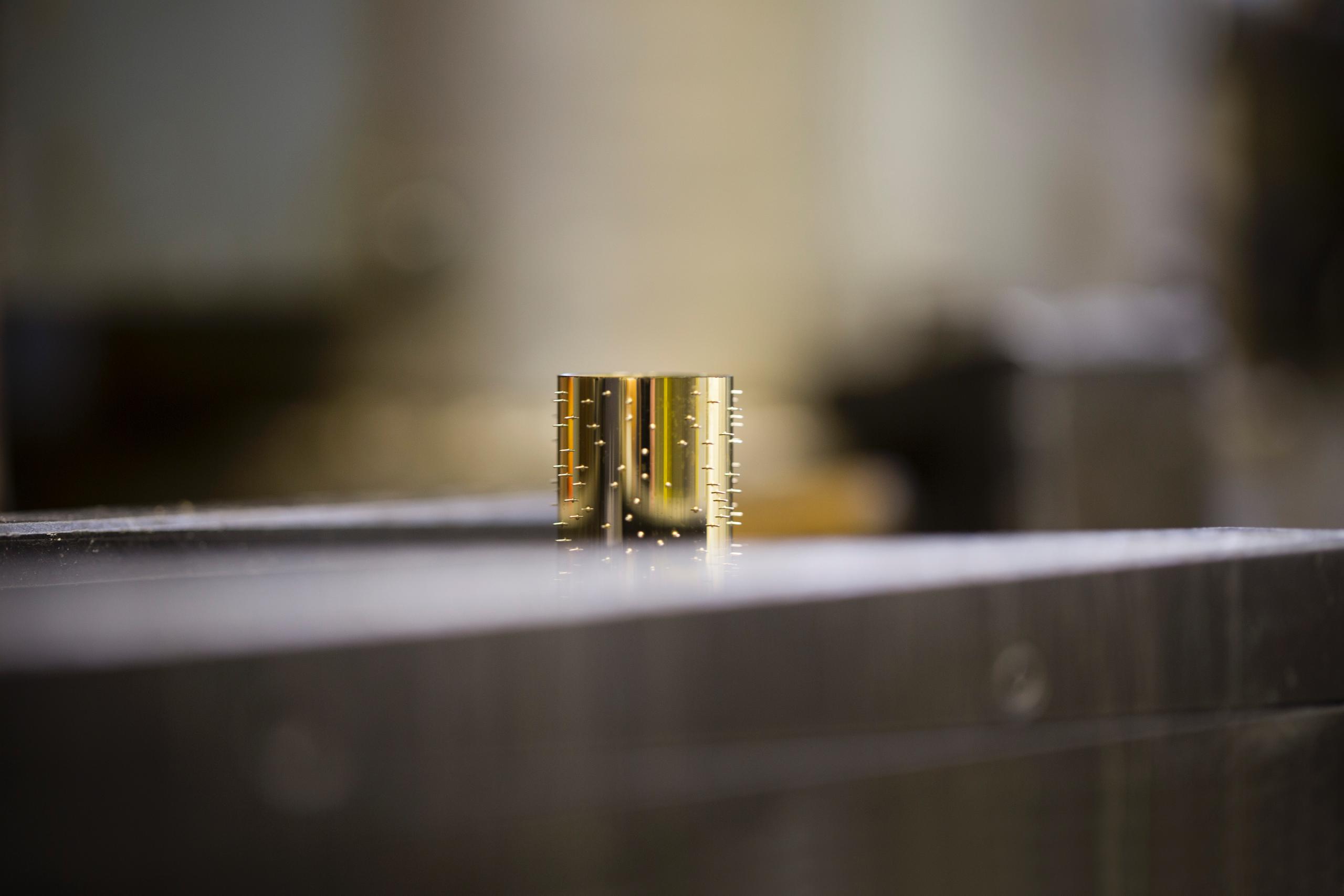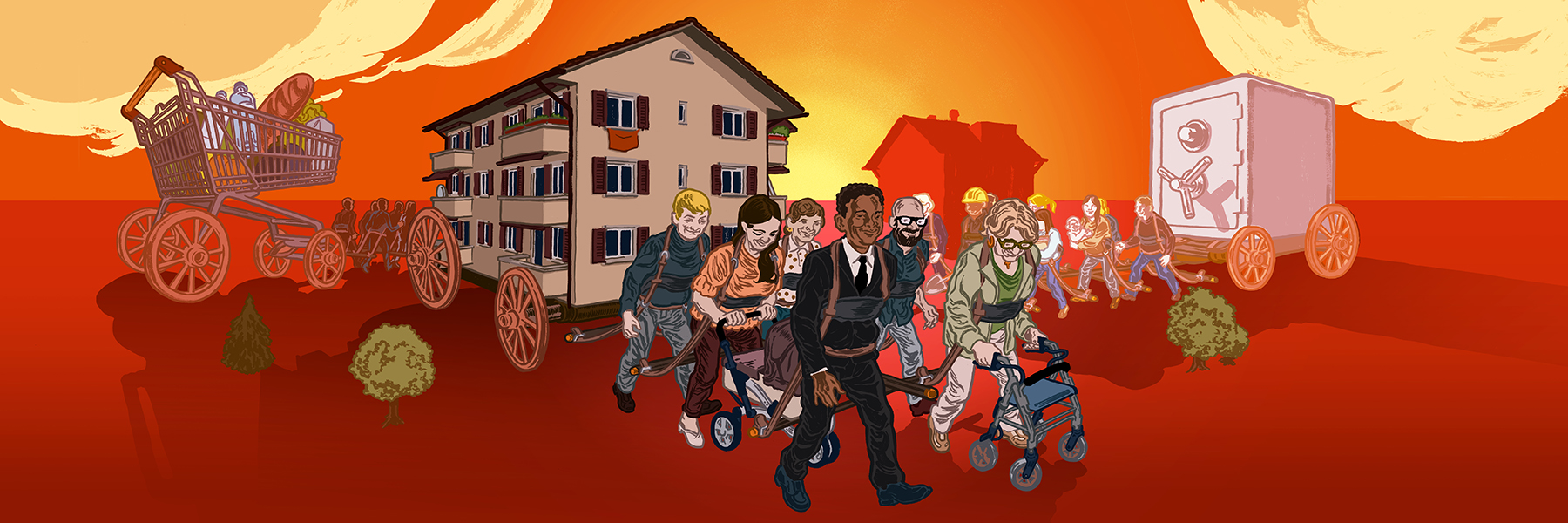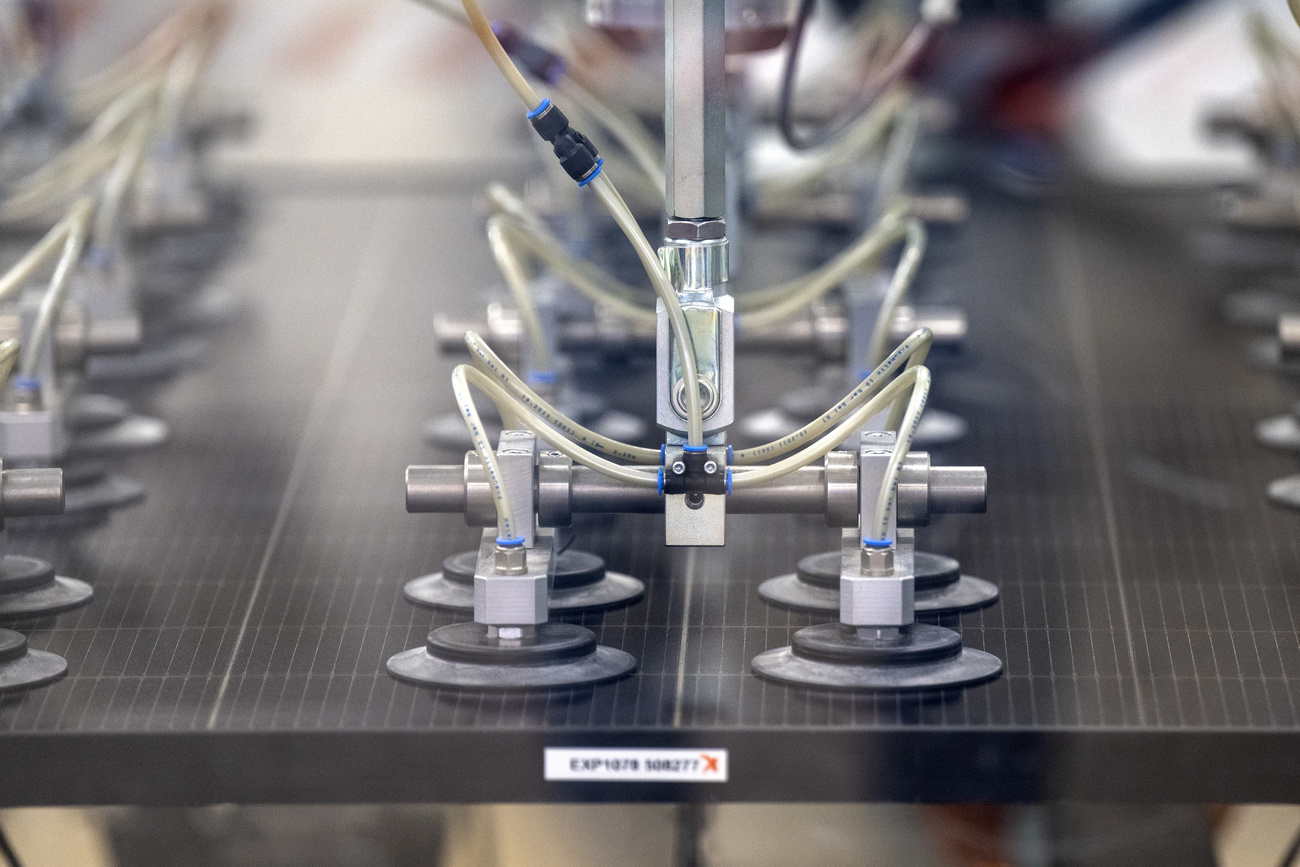
Sainte-Croix: the Swiss village that keeps the tradition of automata alive

Automata – mechanical sculptures that appear to come to life – and their makers are the focus of the “Mechanical Marvels” exhibition at the Maison de la Mécanique d’Art in Geneva. It showcases artists and craftspeople from the village of Sainte-Croix, who have built on years of expertise in watchmaking mechanics and artistic techniques to create stunning automatons and music boxes.
Sainte-Croix in canton Vaud in western Switzerland is sometimes referred to as the “Silicon Valley of automata”, in reference to the imaginative mechanical figures which can move automatically.
The small village has a long history of mechanical art and is a treasure trove of age-old craftsmanship, preserving the secrets of its mechanical wonders.
“This craft goes back several centuries,” says Denis Flageollet, master watchmaker and founder of the De Béthune brand, who works in Sainte-Croix. “The abundance of ore and wood, and the farmers’ free time in winter, allowed for the development of this intricate craft. Geneva’s watchmakers entrusted them with creating rare and magical pieces like automata and music boxes,” he says.

Automata’s enlightened legacy
Automata gained recognition during the Age of Enlightenment. Voltaire, for example, said Jacques de Vaucanson, the French inventor of automata, was a “rival with Prometheus”. In the 19th century, these creators were sometimes viewed as sorcerers, sometimes as masters of fairground arts. Their creations inspired literature, from the mechanical bird in Hans Christian Andersen’s fairy tale The Nightingale to the Olimpia doll in E.T.A. Hoffmann’s The Sandman.
Some of these masterpieces are preserved in notable collections, such as the Jaquet-Droz family automata at the Musée d’art et d’histoire in NeuchâtelExternal link. These creations – “The Draughtsman”, “The Musician”, and “The Writer” – continue to fascinate audiences with their intricate mechanisms.
A renaissance of craftsmanship
“When young visitors come, they’re often surprised, thinking automata are relics of the past,” says François Junod, a renowned automaton artist from Sainte-Croix. He notes that his profession was once on the verge of extinction but now sees a resurgence. “People are rediscovering the magic of skill and emotion,” he says.

More
The machines making tiny music boxes
Junod’s talent has played a significant role in this revival. In 2010, he was commissioned to create an automaton of Russian poet Alexander Pushkin – an android capable of writing, drawing, and expressing emotions.
With a team of eight, Junod continues crafting these “divine machines”, now sought after by collectors and luxury brands. He has collaborated with the French brand Van Cleef & Arpels for many years, creating pieces like the Fée Ondine in 2017 and the Fontaine aux Oiseaux, which won the Geneva Watchmaking Grand Prix in 2020. Van Cleef & Arpels is even opening a workshop in Sainte-Croix to expand its collection of “Extraordinary Objects”.

More than mechanics: bringing automata to life
“We create extraordinary objects. It’s not just mechanics – it’s magic, performance, and an enigma,” says Junod.
Are his automata “alive”? “Yes, they live and tell stories. Customers provide the script, but we build the actors,” he says.
Sainte-Croix is working to preserve its status as a village of automata. “The Mec-Art Association was established to safeguard the craftsmen and their expertise,” says its director, Pierre Fellay. Mec-Art offers workshops for students and professionals to learn the craft in the traditional way under the guidance of a master.
Though no longer a European centre of mechanical production, Sainte-Croix remains a haven for artisans dedicated to the rare and captivating art of automata.
The “Mechanical Marvels” exhibition, which runs until November 17 in Geneva, features automata designed by Mec-Art in collaboration with students at the Ecole Cantonale d’Art de Lausanne (ECAL).
“The idea is to show the basic foundations, the ABCs of anthropomorphic movements driven by mechanisms,” says Pierre Fellay, director of the Mec-Art association. “These are machines designed to interact with the viewer, who can wind them up and touch them, which is impossible with the pieces on display in museum showcases.”
“Mechanical Marvels” offers a rare opportunity to experience this art and craftmanship, which has been inscribed since 2020 on UNESCO’s Representative List of the Intangible Cultural Heritage of Humanity, and to better understand the mechanical magic that endures in Sainte-Croix.
Edited and adapted by Olivier Pauchard/sj. Adapted from French using DeepL/amva
More

In compliance with the JTI standards
More: SWI swissinfo.ch certified by the Journalism Trust Initiative

































You can find an overview of ongoing debates with our journalists here . Please join us!
If you want to start a conversation about a topic raised in this article or want to report factual errors, email us at english@swissinfo.ch.